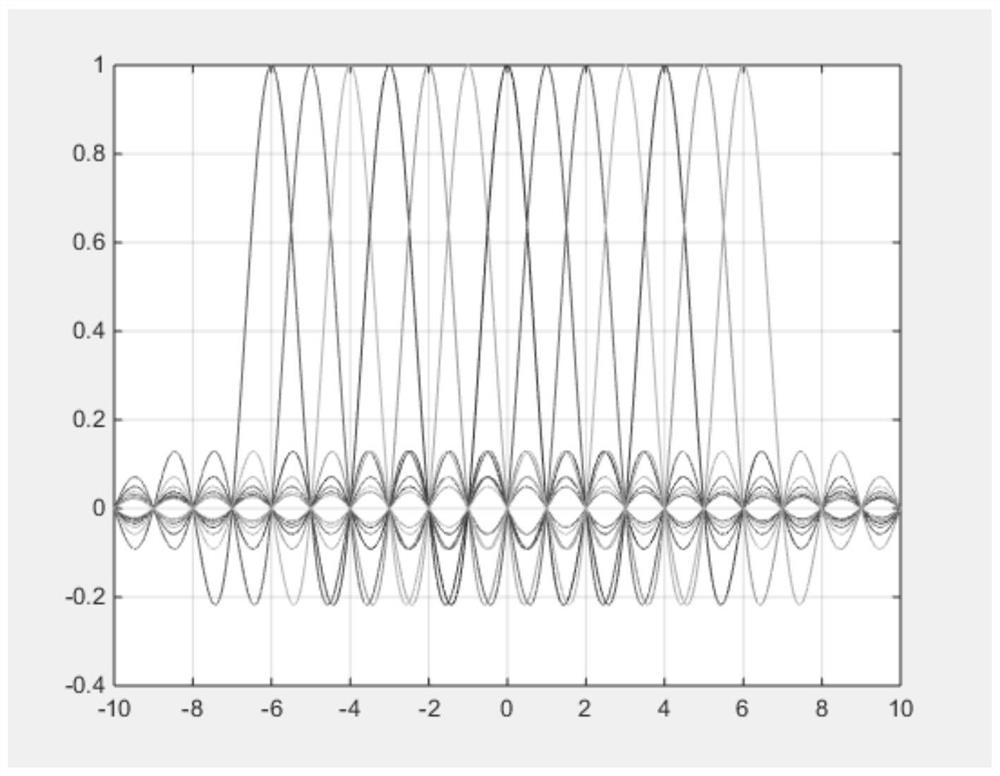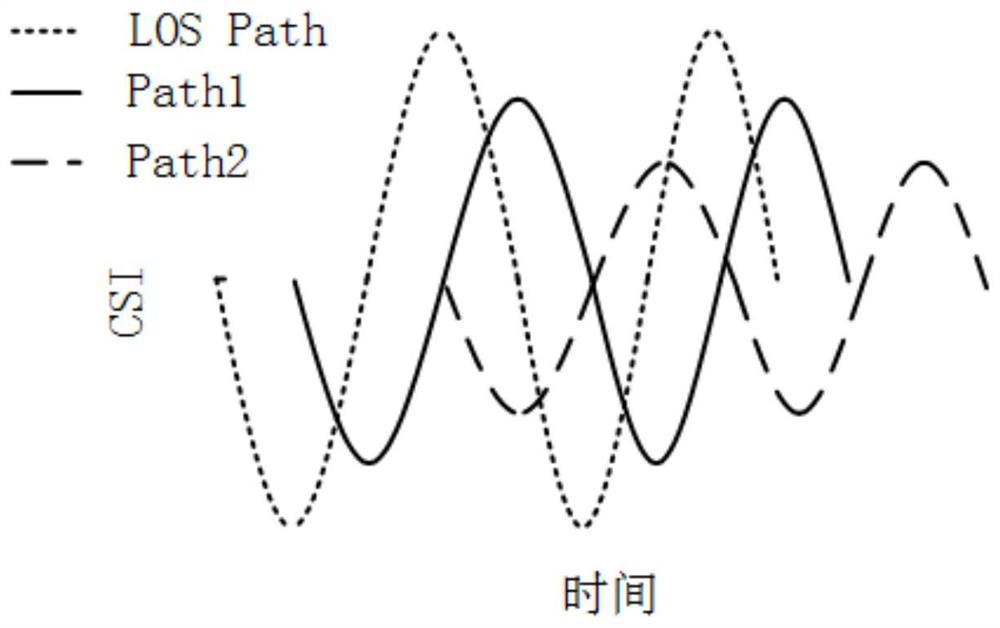A Probability Density Based CSI Indoor AP Localization Algorithm
A technology of probability density and positioning algorithm, which is applied to services based on location information, services based on specific environments, transmission path sub-channel allocation, etc. It can solve the problem of unstable signal strength, inability to distinguish signal strength, and inability to meet indoor positioning accuracy and accuracy issues to achieve the effects of reducing impact, reducing multipath effects, and improving precision and accuracy
- Summary
- Abstract
- Description
- Claims
- Application Information
AI Technical Summary
Problems solved by technology
Method used
Image
Examples
Embodiment Construction
[0063] Such as Figure 4 As shown, a CSI indoor AP positioning algorithm based on probability density, specifically, (1) Initialization: Divide the entire floor plan, assuming that the experimental area is divided into L×W grids in total, and establish a probability density of L×W Table Pro_Table, the value in the table indicates the probability of the AP falling in the corresponding grid, the larger the value, the less likely the AP is in the grid, and all the values in the table are 0 during initialization;
[0064] (2) Data collection and processing: process the CSI value and RSSI value of each measurement point to obtain the records related to the AP to be located. The records are expressed as follows:
[0065] E={loc i (x i ,y i ), D j}, j ∈ [1, M]
[0066] Among them, M represents the number of measurement points, and loci represents the location of the measurement points. Dj=[Hj, Rj] represents the channel situation information and signal strength value at the c...
PUM
 Login to View More
Login to View More Abstract
Description
Claims
Application Information
 Login to View More
Login to View More - R&D
- Intellectual Property
- Life Sciences
- Materials
- Tech Scout
- Unparalleled Data Quality
- Higher Quality Content
- 60% Fewer Hallucinations
Browse by: Latest US Patents, China's latest patents, Technical Efficacy Thesaurus, Application Domain, Technology Topic, Popular Technical Reports.
© 2025 PatSnap. All rights reserved.Legal|Privacy policy|Modern Slavery Act Transparency Statement|Sitemap|About US| Contact US: help@patsnap.com



